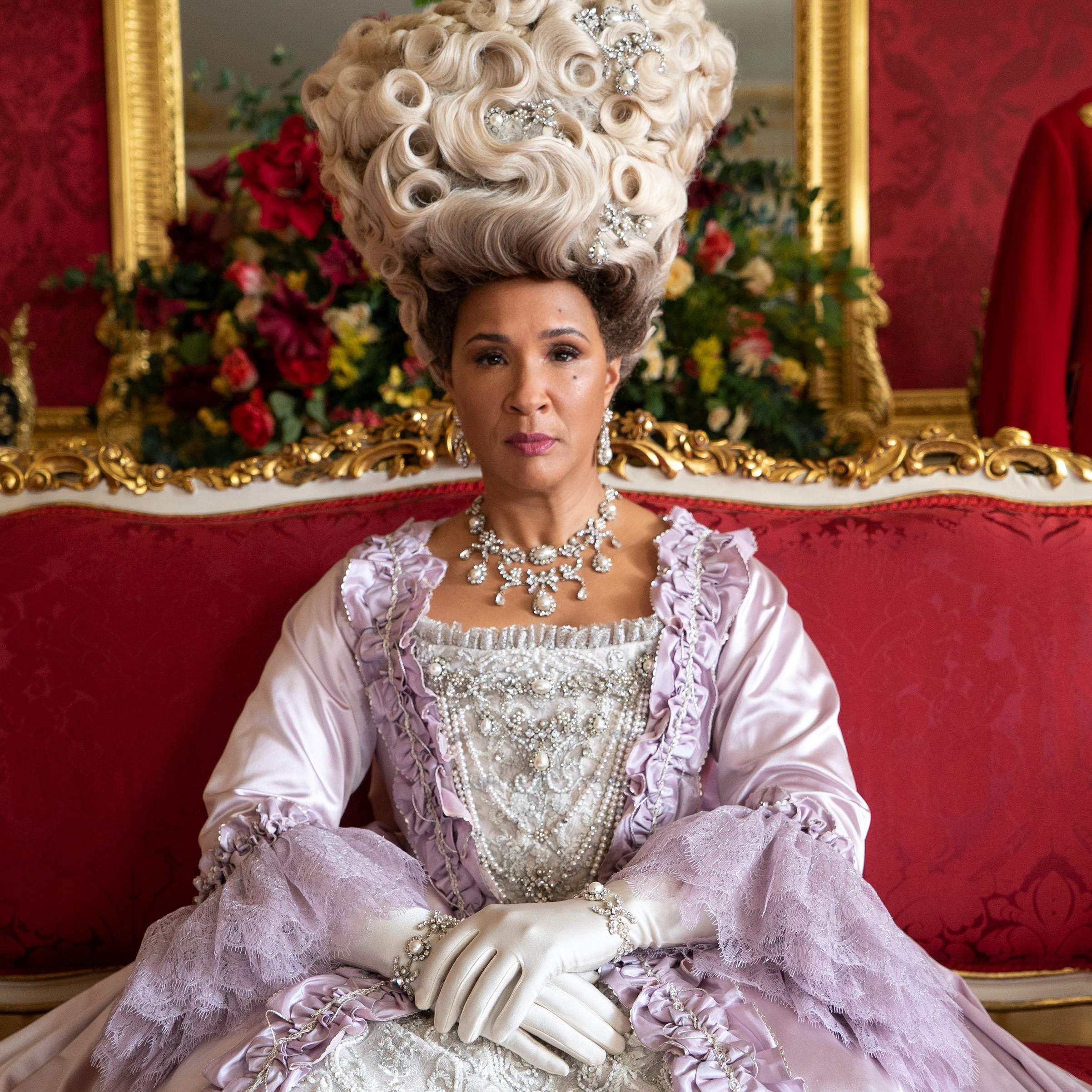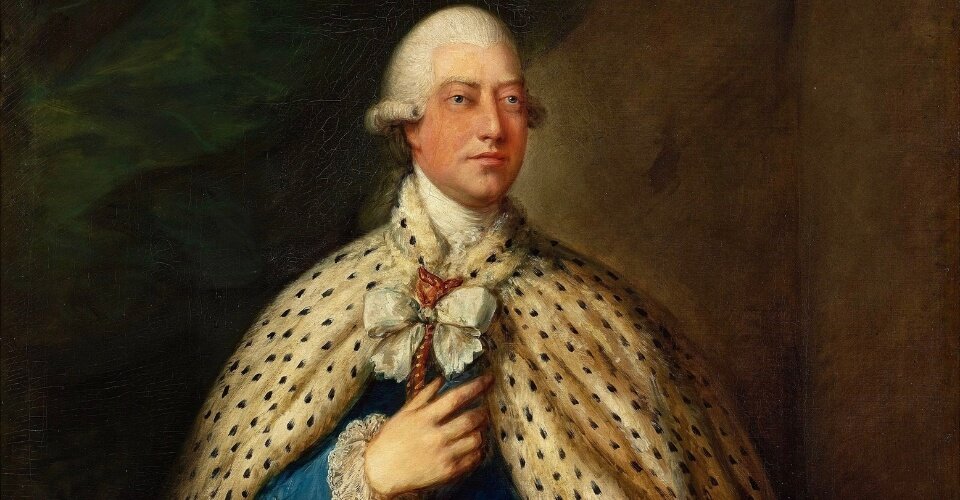Table Of Content

According to the royal family’s site, “King George III suffered his first, although temporary, bout of mental illness in 1765.” What is referred to as his “permanent madness” began in 1811. Charlotte became his “devoted guardian” but wouldn’t visit him alone. Episodic manic behaviors characterized his mental illness, which steadily worsened over the years.
King George III's reign
One doctor says that George’s symptoms “remain consistent with an inflamed cerebellum,” while another says it’s an “excess of ill humor in the legs.” One doctor believes diet is the key. While Queen Charlotte and King George III’s marriage seemingly got off to a great start after their adorable meet-cute, things took a turn for the couple right after their nuptials. George (Corey Mylchreest) brings Charlotte (India Amarteifio) back to Buckingham House, but he dramatically departs for Kew without an explanation. King George struggled with an illness in 1788 that caused his behavior to spiral out of control, according to History. He suffered from hallucinations, spoke gibberish, made inappropriate advances toward women, and had violent convulsions that were so bad that servants had to pin him to the ground to keep him from injuring himself. Other researchers have suggested that he struggled with dementia toward the end of his life.
What Justin Bieber ‘Ghost’ Is Really About As Fans Think Lyrics Are About Ex Selena Gomez
Warren notes that this theory is especially likely given that the genetic condition is one that the king's future relative — Queen Elizabeth II’s second cousin, Prince William Gloucester — had also been diagnosed with prior to his death in an airplane accident. Still, various modern experts and psychiatrists have narrowed down his symptoms to a few potential diagnoses, including manic depressive disorder or a mental disorder brought on by stress. The Bridgerton prequel about Queen Charlotte dives into King George's so-called "madness" during his reign. George’s 60-year reign remains the longest of any male English monarch, but the king suffered through much of it with an illness that has confounded researchers for centuries. Alfred died shortly before his second birthday, and Octavius died following a smallpox inoculation at age 4. The rest of their children lived to adulthood, but Amelia suffered from tuberculosis and died at age 27.
King Charles' New Portrait Has a Close Connection to Kate Middleton and Prince William's Kids
In Queen Charlotte, an arranged marriage between the young German princess and the King of England turns into a tumultuous and then passionate meeting of the minds and a true love match. In real life, the actual Charlotte and George had by all accounts a truly loving marriage despite its having been arranged, one that was certainly viewed as successful at that time because of their many children. The couple was married for 57 years, with Charlotte holding the record for Britain’s longest-serving female consort and the second longest-serving consort in British history (Prince Philip, Duke of Edinburgh, is the first).
Queen Charlotte: What's Wrong With King George III? - POPSUGAR
Queen Charlotte: What's Wrong With King George III?.
Posted: Thu, 04 May 2023 07:00:00 GMT [source]
Of their children, two went on to rule England—George, The Prince of Wales (later King George IV) and Prince William (later King William IV). Historians know that George struggled with his mental health throughout his life, which is a nuanced and complicated topic. But it’s incredibly common for people to struggle with their mental health on some level. In fact, the National Institutes of Mental Health (NIMH) estimates that more than one in five adults in the U.S. has some sort of mental illness.
The True Story of King George III's Mental Illness
The dilemma of securing a legitimate heir that Queen Charlotte faces later in life in the show was a very real problem in reality for the actual Charlotte. When her granddaughter Princess Charlotte died in childbirth, she was the only legitimate grandchild and heir in the family, despite the many children that George and Charlotte had. It’s difficult to say for sure what doctors would have diagnosed King George with today.

Sign up to HELLO Daily! for the best royal, celebrity and lifestyle coverage
Despite the king's clear need for assistance, the characters around him are ill-equipped to help—although to be fair, the series is set in the 1700s, long before mental health professionals were established. As such, George never receives a formal diagnosis; instead, he’s simply referred to as “mad,” and is subjected to inhumane remedies. Though many people in his orbit are concerned for his well-being, George’s mother, Dowager Princess Augusta, dismisses their fears to keep her son in power.
Kate Forbes pulls out of SNP leadership race

No word on if she regularly read a gossip column published by a teenager pretending to be a woman named Lady Whistledown. The Queen Charlotte of Bridgerton is obsessed with gossip; wears over-the-top outfits, wigs, and jewelry; and is always surrounded by her entourage. But the Queen Charlotte character being portrayed in this way does have a real-world basis…sort of. It has been proposed that Queen Charlotte had Black ancestry due to some old descriptions of her and a particularly famous painting, but most historians agree that this suggestion is inaccurate and lacks evidence and that Charlotte was not actually Black. Corey stars as the young version of King George III alongside India Amarteifio’s young Queen Charlotte in the new Netflix series.
It can permeate even the most sacred of spaces, the most tender of relationships, the most joyful of memories. We watch this play out with both Charlotte and George, in the ways Charlotte must isolate herself as they grow older and George is forced to sacrifice most of his royal duties. Their love, however true, cannot exclude them from the pain that accompanies it. But love is not about “fixing” someone, for their benefit or for your own. George experienced severe stomach pain in 1788 that persisted for months and eventually led to weakness in his limbs and delirium.
The actor told Insider that she and Van Dusen "never discussed" the specifics of her onscreen husband's condition. According to Martin, samples of George III's hair provided to him by the Natural History Museum in London confirm the royal received treatments for severe ailments. As Queen Charlotte depicts, the treatments George was put through were painful and inhumane—and included wearing a straitjacket, bloodletting, blistering, and more. During George’s later years, the queen felt threatened by his more aggressive state and increasingly kept her distance. She also likely harbored frustration with her husband’s doctors, who used ineffective techniques like leeching, cold baths, and powders laced with arsenic, as well as torturous items like chains and straitjackets to treat him.
The younger—and still single—George succeeded his grandfather in 1760 at age 22, making his search for a wife urgent. He eyed Charlotte, then 17, over other candidates for a couple of key reasons. There have been extensive studies of his medical history, but there hasn’t been a definitive answer about his illness. He’s just unlucky enough to struggle with a mental health issue at a time when they weren’t properly recognized and treated, making it difficult for him to function the way people expected him to at times. Set in London’s Regency era, the series follows the children of the eponymous Bridgerton family during the social season, the time when noble families in Britain tried to find suitable matches for their offspring. In Queen Charlotte, the early years of Queen Charlotte and King George's marriage are fictionalized, showing how a young Charlotte (India Amarteifio) and young George (Corey Mylchreest) fall for each other, and overcome the challenges of George's mental illness.
According to Historic Royal Palaces, Charlotte’s own health had deteriorated by 1818. She suffered from dropsy, which causes swelling and organ failure, and was usually confined to her bedroom at Kew. The queen died on November 17 of that year, surrounded by four of her children. During the funeral procession to Windsor Castle, the cobblestone paths were lined with straw so that the ill George couldn’t hear anything. Born on June 4, 1738, George William Frederick wasn’t expected to survive his premature birth. The future King George III did, of course, and three weeks after his father’s death in 1751, his grandfather King George II put the young royal in line to inherit the British throne.
Pilkington also got behind the camera for the sweet photos of Prince William surrounded by his kids that were released to mark Father's Day in 2023. The diplomat, Baron Stockmar, was born 43 years after Queen Charlotte’s birth and would have had no knowledge of her appearance, which was never in her lifetime described as that of a mixed-race person. Hit Netflix series Bridgerton depicted the queen as a mixed-race woman, and repeated the casting decision in the prequel, Queen Charlotte. The history trail with its own online audio guide was created for Royal Museums Greenwich by Christian Adore, a self-declared “homosexual historian” seeking to share “deliciously gay stories” from the past. Inaccurate claims about her race are made in an LGBT-themed history trail of the Queen’s House in Greenwich, one of four sites under the control of the taxpayer-supported group Royal Museums Greenwich. The royal was also said to have been very interested in music and botany.


No comments:
Post a Comment